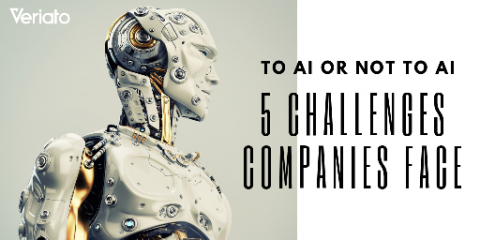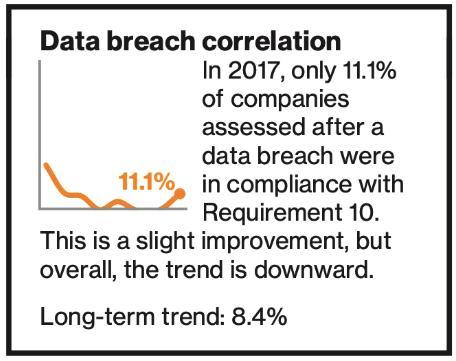Should small business owners concern themselves with business espionage?
As technological developments have helped turn the world into a global village, they have also made it easier to steal, extract, and communicate confidential information – leading to an increased frequency of corporate espionage. Take Apple for example; despite deploying leading security measures and monitoring activities, the tech giant has had two espionage attempts in one year, foiled just as the convicts were departing the country.









